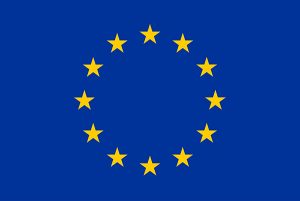

The FET-PROACTIVE MARILIA project, funded in the frame of the EIC Transition to Innovation Activities program, aims to develop a new micro-biological analysis method of drinking water.
Nowadays, the micro-biological analysis of drinking water can take a long time. The gold standard methods indeed are based on a cultural approach and require one or more days to obtain results. There are faster molecular methods, but these cannot be adopted due to their high cost.
The main goal of the MARILIA project is to develop a new concept for the analysis of pathogens in drinking water that is faster than the methods used today and cheaper and more accurate than the molecular ones. If the method meets the required specifications, a start-up will be established.
The introduction of the new MARILIA method would have a significant impact in several fields, first of all the health and safety of drinking water one. By reducing costs and improving the accuracy of the analyzes, the overall effectiveness of drinking water monitoring will increase. The project will also contribute to increase the competitiveness of the European industry in the sector.
As a business partner, Day One has a key role in the MARILIA project ensuring that the product design choices are made based on the future users’ requirements, and validating the product concept. At the same time, Day One will pave the way for the post-project industrialization phase, managing the creation of the partners’ IP and coordinating them towards to the birth of a startup that will take care of the product engineering and marketing.
To carry out these activities, Day One makes use of its Venture Building experience and tools deriving from the User Centered Design approaches and from the principles of Design Thinking. The R&D team is led by the information from direct interactions with the most important stakeholders of the application scenario. The qualitative information collected is translated using the Quality Function Deployment, and in particular the House of Quality. As a result, technical requirements are obtained and the expected performances are compared in quantitative terms with those of current analysis methods. Thanks to this information, it is possible to set new targets to be reached for the development of the analysis considering the constraints imposed by the technique and to build a product concept that has a real advantage over the market.
 |
Fore more information: https://www.mariliaproject.eu/ |